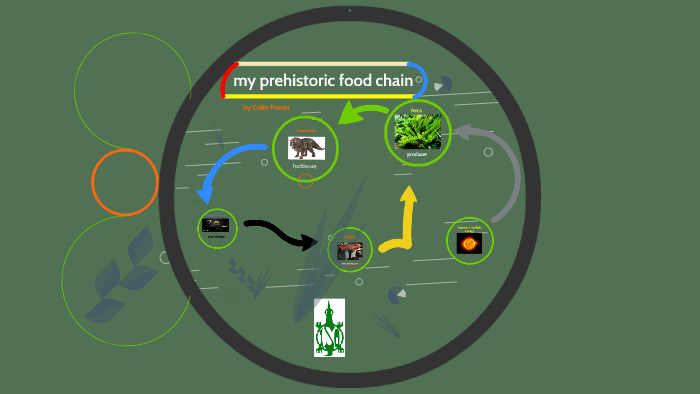This Robot Filled the Deep Ocean Gap in the Carbon Cycle Biology Diagrams The discovery adds to growing evidence suggesting that marine food chains millions of years ago operated similarly to those we observe today, with predators and scavengers playing distinct but interconnected roles in their ecosystems. This 15-million-year-old specimen provides a rare glimpse into these ancient ecological relationships 180-Million-Year-Old Fossil Reveals Three Levels of Ancient Food Chain. Exploring Prehistoric Life. Paleontologists. Tuesday, May 18, 2021 the Posidonia Shale offered a rare combination of a shallow to moderately deep continental marine basin, Just how big was the prehistoric super-sized Marine reptiles such as plesiosaurs and ichthyosaurs were apex predators, occupying the top of the prehistoric marine food chain. They had a diverse feeding repertoire, allowing them to thrive in different ecosystems and adapt to changing environmental conditions. Fossil evidence suggests that these reptiles feasted on a variety of prey

Fossil Hunter Discovers 66-Million-Year-Old Vomit in Denmark, Offering a Clue to the Cretaceous Food Chain. A marine animal snacked on some sea lilies that did not agree with its stomach—and we

Old Fossil Reveals Three Levels of Ancient Food Chain Biology Diagrams
The presence of herbivores, such as the ancient sea cow, suggests a rich and diverse ecosystem, providing sustenance for various levels of the food chain. While the fossil record provides valuable clues, scientists continue to unravel the intricacies of prehistoric marine ecosystems. The Mesozoic era, which includes the Cretaceous, was marked by rising sea levels and warmer climates, conditions conducive to an explosion of marine biodiversity. The Paja Formation ecosystem was teeming with plesiosaurs, ichthyosaurs, and invertebrates, giving rise to one of the most complex marine food chains in history. At the bottom of the food chain were tiny organisms like phytoplankton. These microscopic plants used sunlight to make food, just like plants on land. They were eaten by slightly larger animals called zooplankton. From there, the food web branched out: Small fish ate the plankton; Larger fish and some marine reptiles ate the smaller fish

Researchers uncovered a prehistoric ecosystem teeming with giant marine reptiles, uncovering unmatched food web complexity Predators at the top of a marine food chain 130 million years ago ruled with more power than any modern species, McGill research into a marine ecosystem from the Cretaceous period revealed. The study, published in the Zoological Journal of the Linnean Society, reconstructs Fossils Capturing a Sea Cow's Violent End Shed Light on Prehistoric Food Chains. New research suggests the dugong-like sea creature was attacked by a crocodile, then its remains were scavenged
